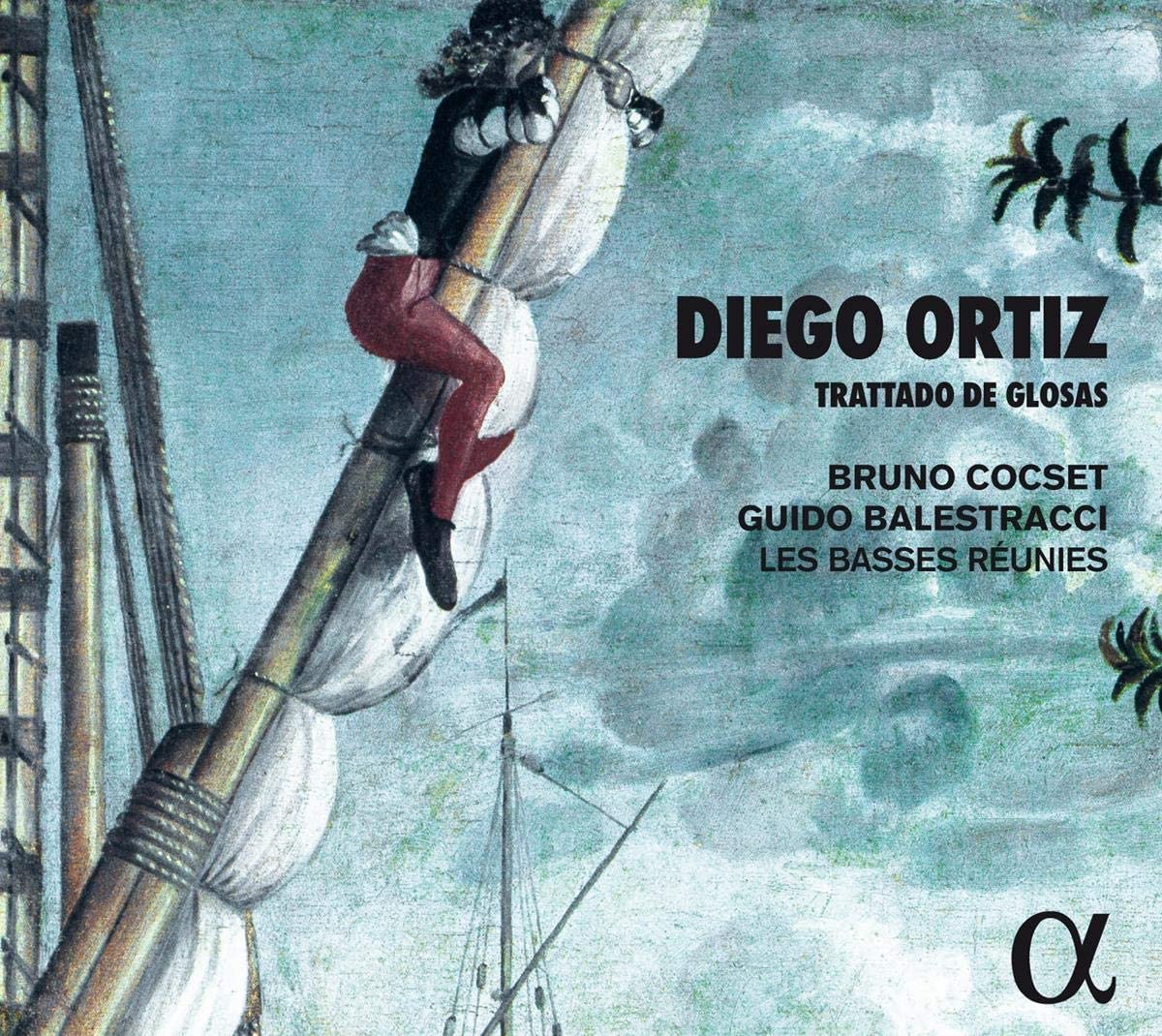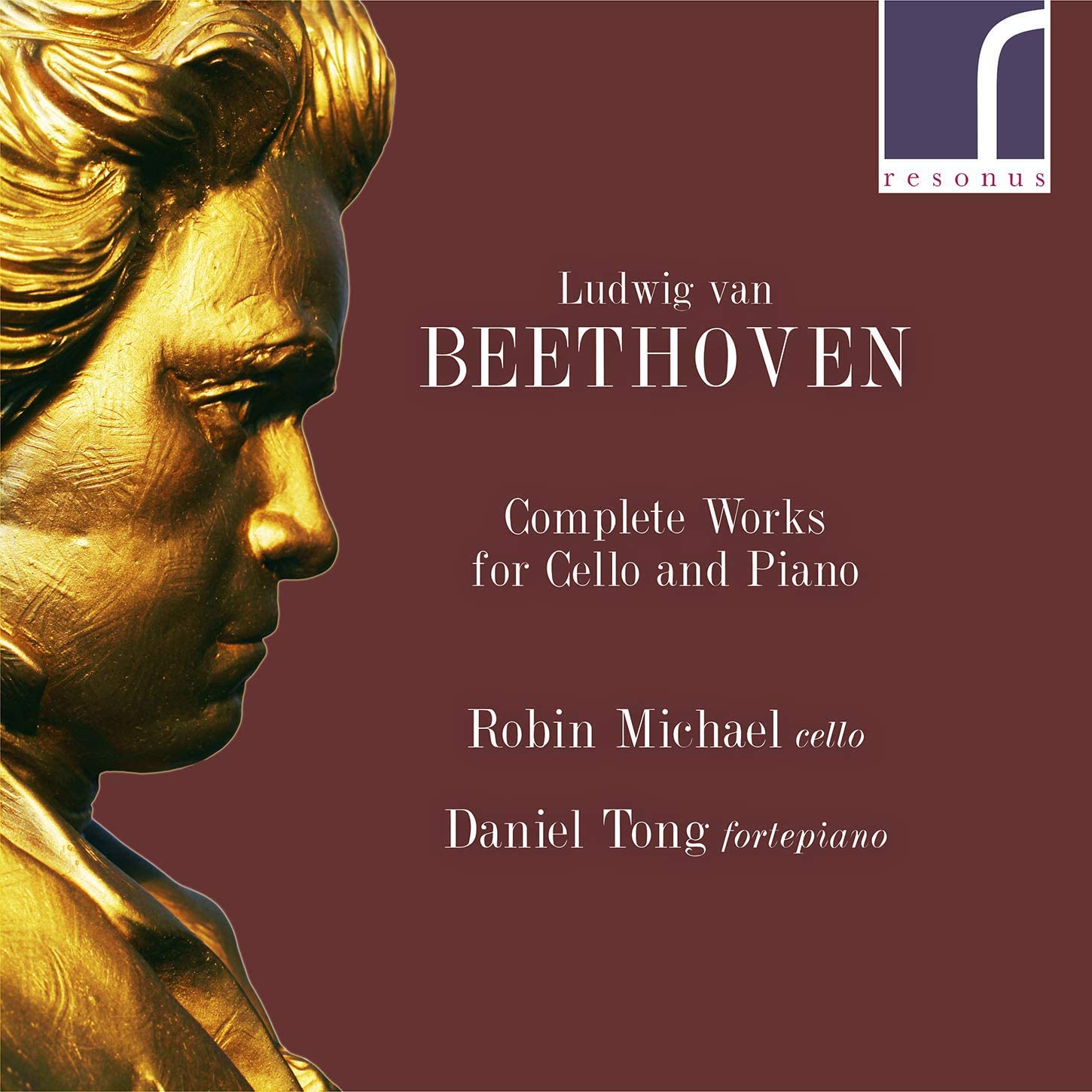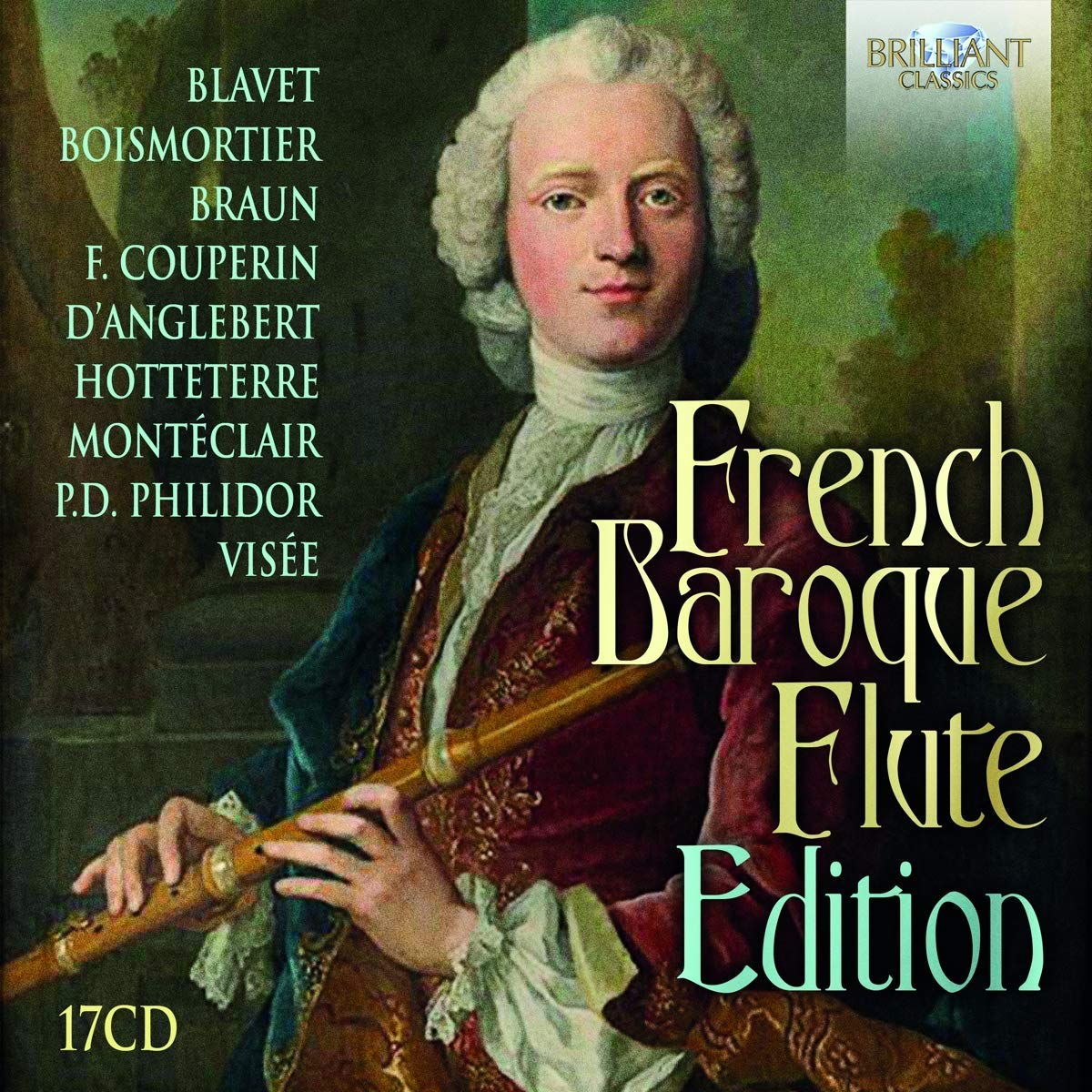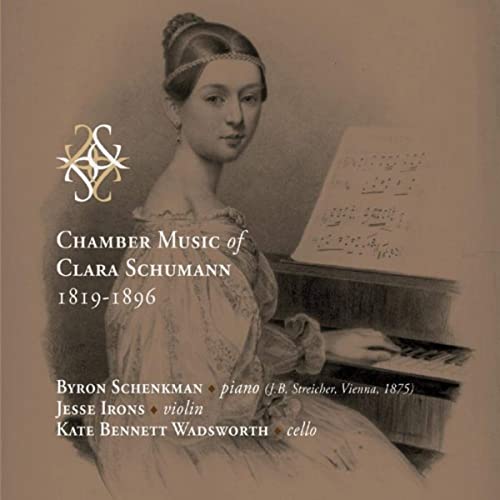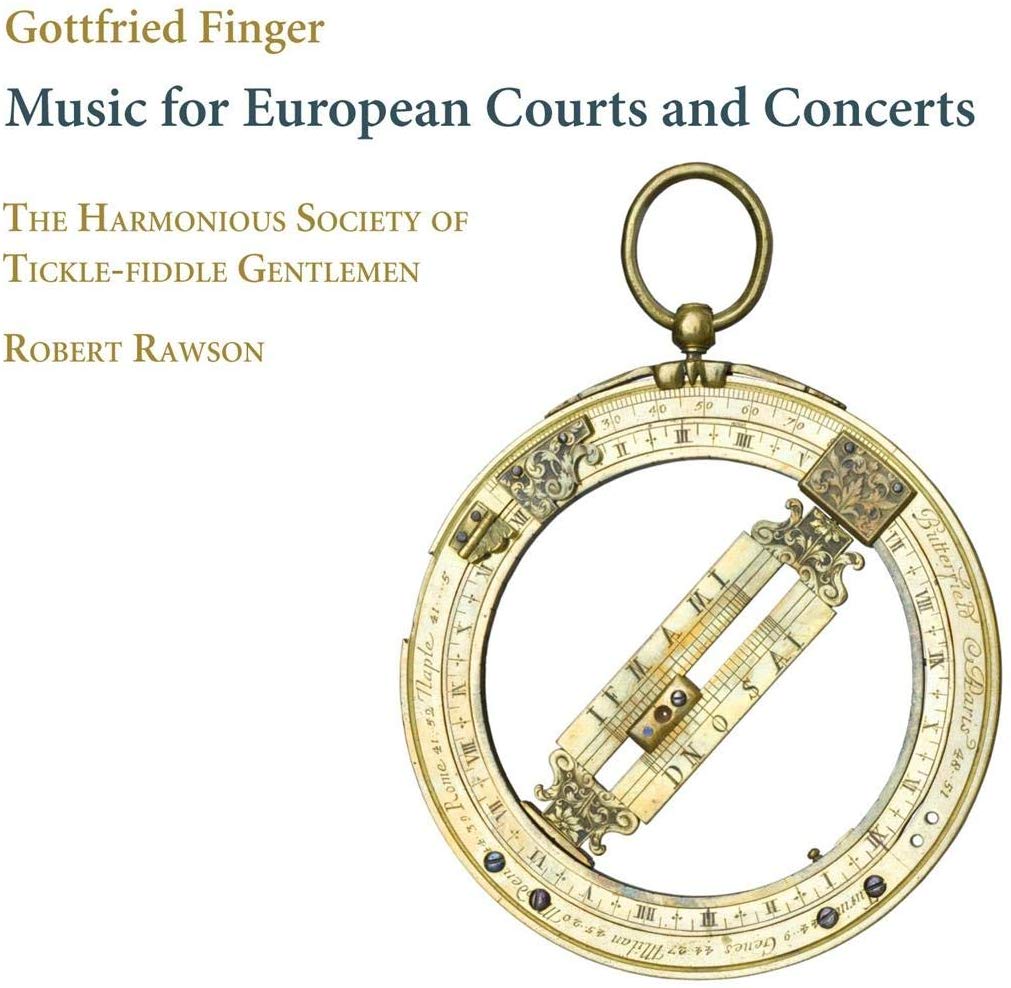Bruno Cocset, Guido Balestracci, Les basses réunies
59:31
alpha classics 102
Click HERE to buy this on amazon.co.uk
Viol virtuoso and composer Diego Ortiz spent his working life in Naples and his Trattado de Glosas (a treatise on ornamentation of 1553) from which the music recorded here is taken, ranks alongside Ganassi’s La Fontegara as one of the most influential theoretical works on performance of the entire Renaissance. The variations on La Spagna, O felici occhi miei by Arcadelt, Doulce memoire by Pierre Sandrin, El passamezzo antiguo, La Romanesca and La folia respectively are played alternatingly on solo viol by Bruno Cocset and Guido Balestracci, accompanied by members of the consort. Light relief from these viol variations is provided by music for vihuela by Luis Mílan, variations for organ by Cabezón and a lovely consort account of Victoria’s O magnum Mysterium. The playing on this CD is of a consistently superb standard, and if you don’t already love the insistent timbre of the viol, you will after you have listened to this. It is also remarkable how much of what we take as standard ornamentation of Renaissance music originates with Ortiz.
D. James Ross
